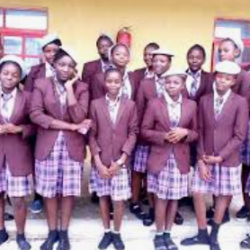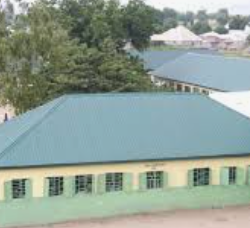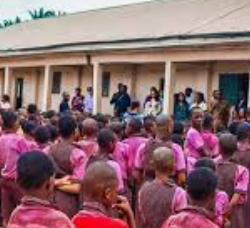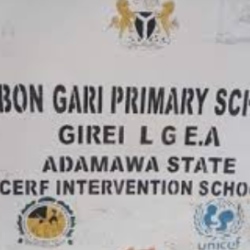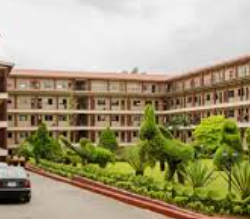In May 1911 that the South African branch of the Sudan United Mission (SUM) established a station in Tivland in the village of Saaiutu Dekpe, an elder in Shitile, one of the largest Tiv clans
Three years earlier, the place had been surveyed by SUM founder Dr Karl Kumm.
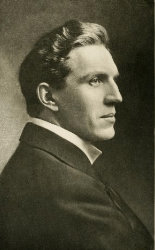
Sai, then a village now a town, named after Saaiutu Dekpe, is located alongside a trade route between two prominent non-Tiv towns: Wukari and Takum
Sai Dekpe was a smith and a prominent man in his community.
He was generally considered to be in possession of some Satanic powers Tiv call tsav, an evil capacity to be effective and imposing, including by occult means.
He was born around or just after the middle of the nineteenth century, making him about fifty by the time he met the missionaries.
In full, Sai’s name, and the name his village took from him, was saa i utu, meaning that nothing could overwhelm him ‘except the affair of the night’, a reference to the work of tsav, or mbatsav
Sai did not learn the lucrative trades of his days like cotton spinning or the weaving of tugudu cloth so he chose slave trading as his main business.
He was a strong man who could dislodge several persons at a time.
It was Hausa travellers who suffered most in his hands.
His other means of making money was through the blacksmith trade.
He could make spears and sell them to a non-Tiv monarch, who would pay him with a slave.
He once made a spear and delivered it to Garbushi who was the Takum monarch, in exchange for a female slave named Nyandi.
His son Akiga Sai

Akiga was one of Sai Dekpe’s many children. Akiga’s mother was the ninth (9) wife.
Relationship between Akiga and SUM, DRCM,
It was SUM (Sudan United Mission), a non-denominational missionary organisation that first arrived and started gospel work at Sai.
However they partnered with DRCM (Dutch Reformed Church Mission), a church based missionary organisation.
They both founded the NKST church but SUM later handed over the church to DRCM. Then DRCM later handed it over to CRC (Christian Reformed Church) of North America.
Later on NKST grew to become autonomous.
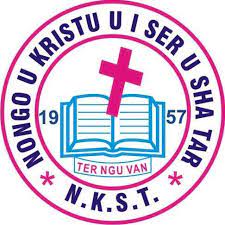
According to Casaleggio’s history of the DRCM, The Land Will Yield Its Fruits: Fifty Years in the Sudan (Casaleggio, 1964), the mission’s branch leader, Mr Zimmerman, after arrival at Sai’s home, requested Sai to let him have one of his children to stay with him as a houseboy.
Sai considered the matter wanting to get out of the predicament with the least possible loss to himself. To give a child of his to the missionary was as good as reckoning him as lost. So he decided to give the little Akiga.①
Akiga was thirteen years old when missionaries settled in his village in 1911.
Rupert East, the first translator of Akiga’s celebrated work, indicates in the ‘Introduction’ to its second edition that his friend, Akiga, died in May 1959.
Akiga was the first Tiv man to be baptized as a Christian, the first Tiv man to read and write, the first Tiv man to write a letter, first Tiv parliamentarian, first Tiv newspaper editor, and first Tiv man to write a book.
He was an early Benue convert to Christianity
Akiga had worked as a translator from Hausa to Tiv for the missionaries from the age of thirteen.
Akiga’s mother, Nanyi of the Ukum clan, was Sai Dekpe’s ninth wife; they had one older child together, Akiga’s only full sibling, his sister Kasevdue
Soon after Akiga’s birth, Nanyi left her husband, and her young son remained behind to be brought up in his father’s large family.
Ref
① cambridge.org/core/journals/africa




